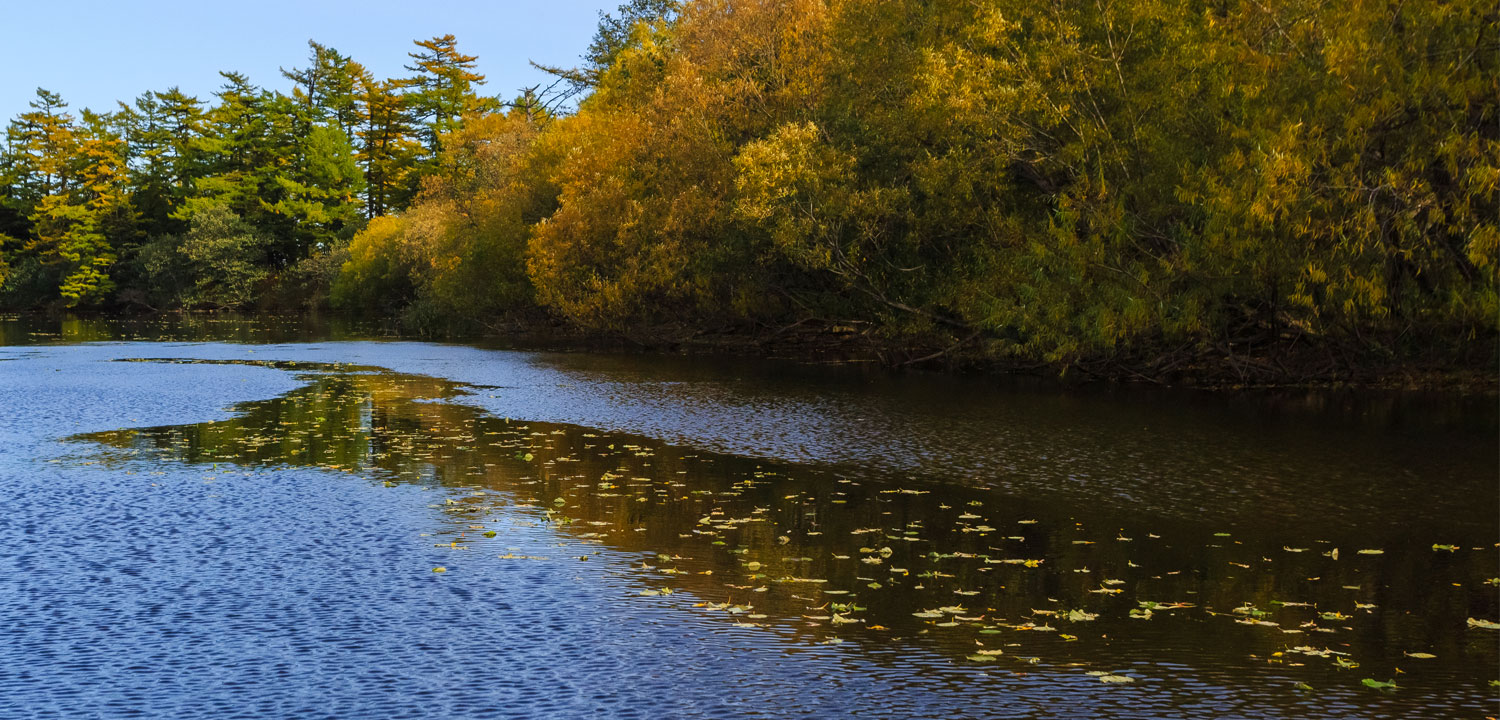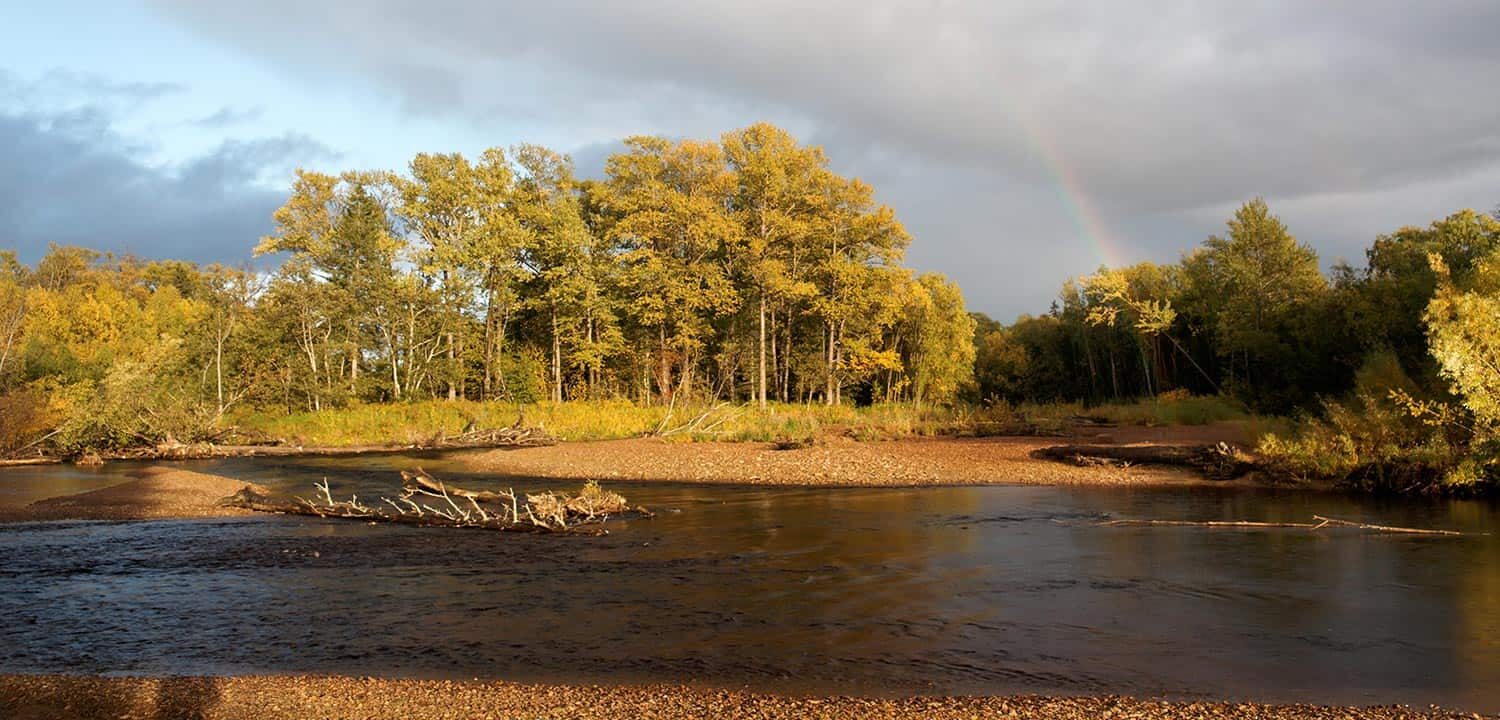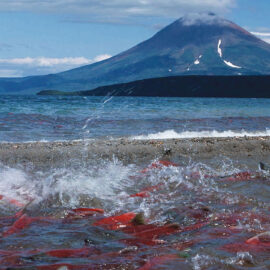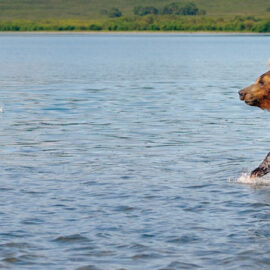Sakhalin Island’s governor plans new protected areas for Nabil and Dagi rivers, two salmon strongholds in the northeast.
The governor of Sakhalin Island, Oleg Kozhemyako, has directed the regional government to create two new protected areas on the Dagi and Nabil rivers. These two rivers lying on the island’s northeast coasts are strongholds for critically endangered Sakhalin taimen, the giant sea-run trout that reaches up the 100 pounds. The Dagi and Nabil also support healthy wild runs of chum and pink salmon, which fuel sustainable commercial fisheries in the region. And the rivers host coho and cherry salmon, which support a vibrant sport fishery.
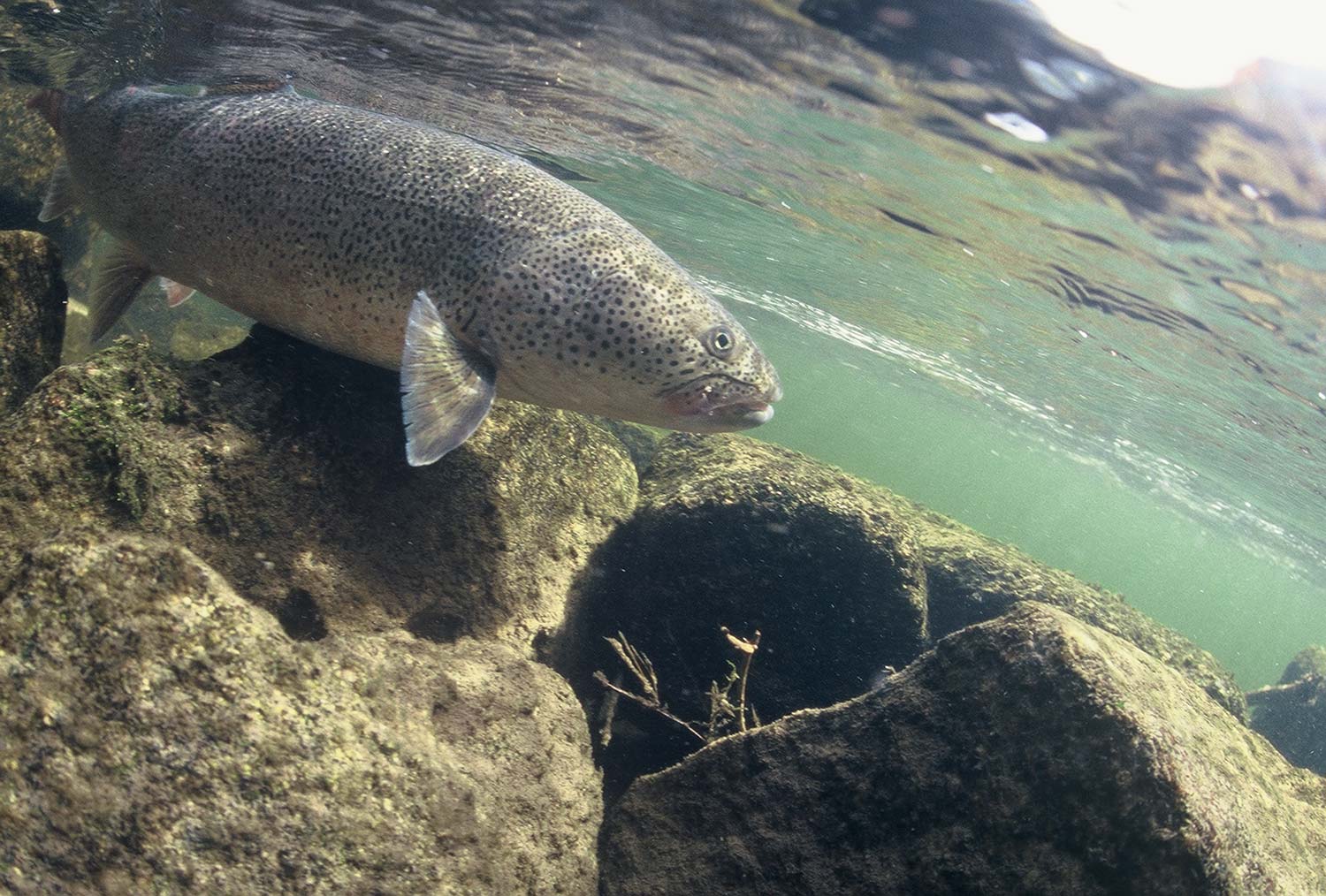
“These designated areas represent another giant leap forward for wild salmon and fishermen in Sakhalin,” said Mariusz Wroblewski, WSC’s Western Pacific Director. “These will be a long term investment in the wild salmon runs that feed communities and ecosystems on Sakhalin Island.”
Wild Salmon Center’s scientific assessments a decade ago strengthened local partners’ argument for protecting these two rivers.
The protected areas offer a boost to the Wild Salmon Territory, a cooperative initiative of two longtime partners, Sakhalin Environment Watch and Smirnykh Fishermen’s Association. Under the initiative, commercial fishermen from 20 different local companies have committed to combatting poaching and eliminating in-river fishing across 25 salmon rivers and more than 1.5 million acres of territory.
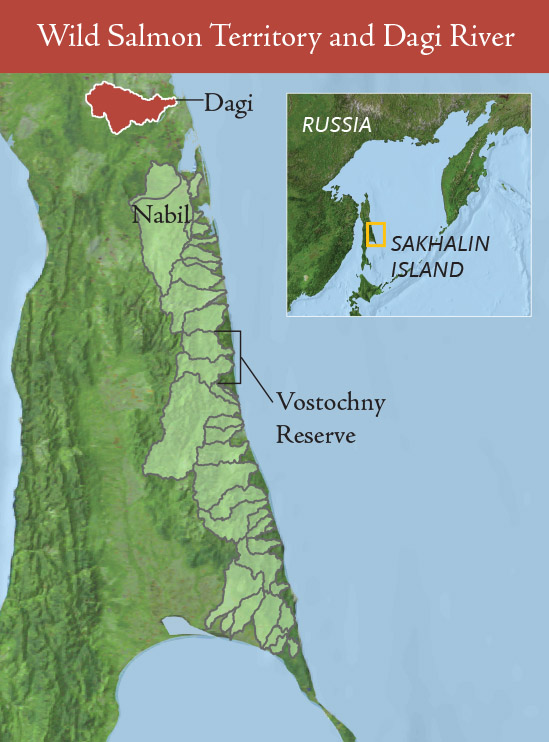
Already the Vostochny Reserve protects more than 165,000-acres and two major salmon watersheds in the region. Two additional protected areas on the Nabil and Dagi rivers will bring more resources and vigilance to the region.
Sakhalin fishermen’s increased conservation measures are already linked to improved salmon returns. Salmon harvest on the northeast coast totaled 26,800 tonnes in 2016. In contrast, harvests on the southern end of the island totaled 1,300 tonnes.
Aniva Bay, a vast inlet at the southern tip of Sakhalin that was once one of the most prolific salmon producing areas, was closed entirely to salmon fishing in 2016. It has been heavily developed by the oil and gas industry and subject to overfishing on unpatroled rivers.
Shifting ocean conditions due to climate change are also putting pressure on Western Pacific fish stocks.
“Despite the changes, we’ve seen how protecting wild salmon rivers and salmon runs leads to healthier communities on Sakhalin’s northeast coast,” said Dmitry Lisitsyn, director of Sakhalin Environment Watch. “Fishing and fish processing is our biggest employer here. Increased conservation means we are really protecting livelihoods for future generations.”
Provincial officials are still working with Lisitsyn and other stakeholders to work out the protected area details for the Dagi and Nabil, which together sprawl across more than 500,000 acres.
Lisitsyn said he expects the boundaries will be finalized by July, 2018.
